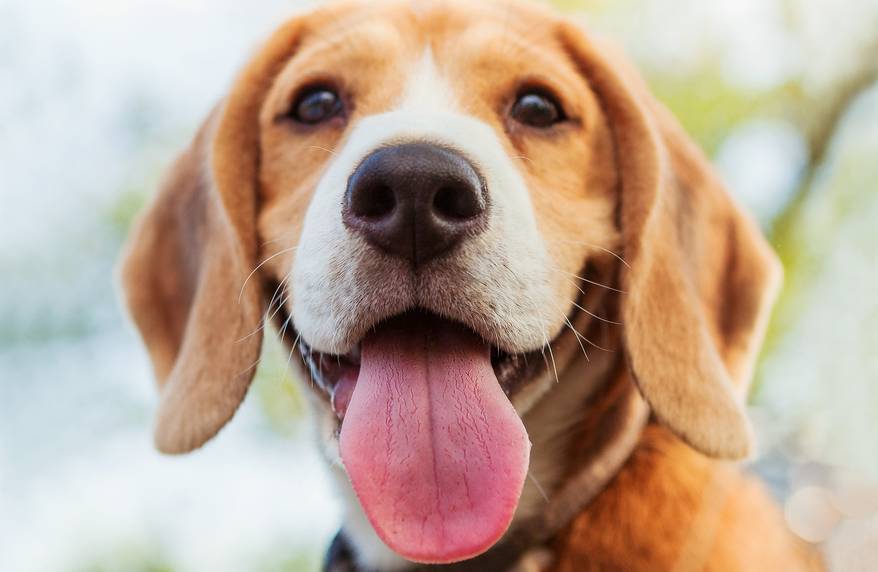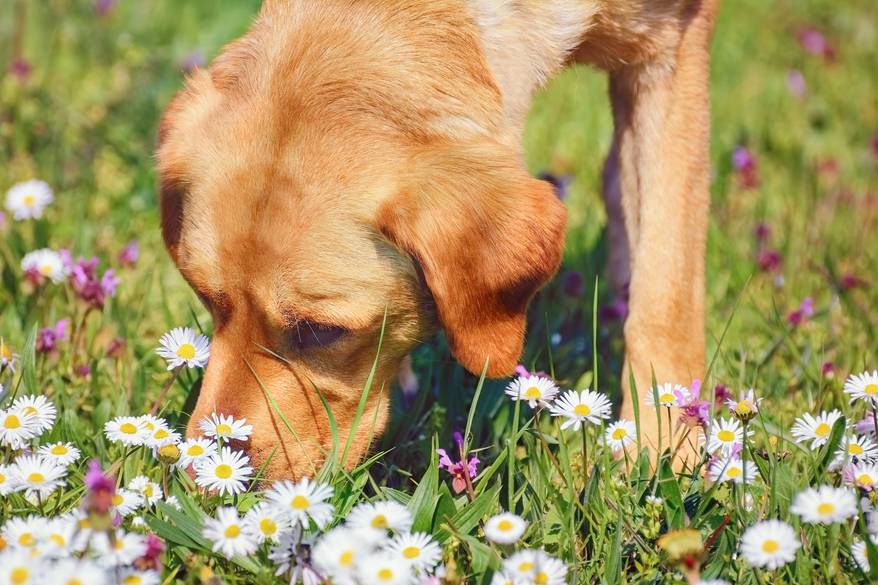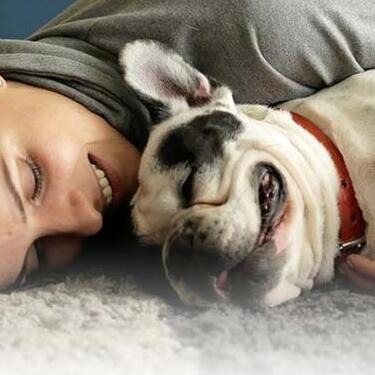
-
Find the right food for your pet
Take this quiz to see which food may be the best for your furry friend.
Find the right food for your pet
Take this quiz to see which food may be the best for your furry friend.
Featured products
 Small & Mini Savory Stew with Chicken & Vegetables Dog Food
Small & Mini Savory Stew with Chicken & Vegetables Dog FoodA delicious complement to the nutrition of Science Diet Small & Mini 7+ dog food
Shop Now Adult Healthy Cuisine Roasted Chicken, Carrots & Spinach Stew Dog Food
Adult Healthy Cuisine Roasted Chicken, Carrots & Spinach Stew Dog FoodDelicious roasted chicken paired with tender vegetables in a succulent stew
Shop Now Adult 7+ Perfect Digestion Chicken, Whole Oats & Brown Rice Recipe Dog Food
Adult 7+ Perfect Digestion Chicken, Whole Oats & Brown Rice Recipe Dog FoodScience Diet's breakthrough nutrition supports ultimate digestive well-being & healthy microbiome for dogs age 7+
Shop NowFeatured products
 Adult 7+ Tender Tuna Dinner Cat Food
Adult 7+ Tender Tuna Dinner Cat FoodWith delicious chunks in a decadent gravy
Shop Now Adult 7+ Senior Vitality Chicken & Vegetable Stew Cat Food
Adult 7+ Senior Vitality Chicken & Vegetable Stew Cat FoodImproves Everyday Ability to Get Up & Go
Shop Now Adult Savory Entrée Can Variety Pack Cat Food
Adult Savory Entrée Can Variety Pack Cat FoodPrecisely balanced nutrition with the delicious taste of savory minced chicken to help fuel the energy needs of cats during the prime of their life
Shop Now -
Dog
- Dog Tips & Articles
-
Health Category
- Weight
- Food & Environmental Sensitivities
- Urinary
- Digestive
- Joint
- Kidney
-
Life Stage
- Puppy Nutrition
- Adult Nutrition
- Senior Nutrition
Cat
- Cat Tips & Articles
-
Health Category
- Weight
- Skin & Food Sensitivities
- Urinary
- Digestive
- Kidney
-
Life Stage
- Kitten Nutrition
- Adult Nutrition
Featured articles
 Do Dogs and Cats have Belly Buttons?
Do Dogs and Cats have Belly Buttons?Learn whether cats & dogs have belly buttons like humans, what the function is, and if there are any health concerns associated with it.
Read More Why Are Dogs and Cats So Cute?
Why Are Dogs and Cats So Cute?If waggy puppy dog tails and furry kitten yawns make you swoon, you're not alone. Why are cats so cute? And, dogs too! Let's find out!
Read More Does My Pet Hate Me?
Does My Pet Hate Me?Learn tips for bonding with your pet if you've ever thought, 'My dog doesn't like me, or 'Why do I have a standoffish cat?'
Read More -


While for a long time it was accepted as fact that dogs could only see in black and white, science has proven that's not the case. But what colors can dogs see, and why don't they see the way we do? Read on to learn all about dog vision and how your dog perceives their world.
Are Dogs Color Blind?

While the once widely believed theory that dogs see everything in black and white has been proven false, the truth is that dogs see a color spectrum similar to that of humans with red-green colorblindness, says the American Kennel Club (AKC). Whereas the eyes of humans with normal vision contain three color receptors, called cones, that perceive the full range of the visible light spectrum, people with red-green colorblindness only have two cones, which makes them unable to perceive reds and greens.
Dogs' eyes only have two cones. This means that not only can they not perceive the colors red or green, but they can't perceive shades containing either of those colors, such as pink, purple, and orange. Dogs are also unable to perceive subtle changes in a color's brightness or shade.
What Colors Can Dogs See?
Dogs can see shades of yellow, blue and brown, as well as various hues of gray, black and white. This means that if your dog has a red toy, it will appear brown to him, whereas an orange toy, which is a mix of red and yellow, will appear a brownish yellow. It also means that if you want to fully engage all of your dog's senses during playtime, you should look for toys that are either blue or yellow so that they'll stand out from the duller shades of brown and gray in your dog's field of vision. This could help explain why dogs love those bright yellow tennis balls so much.
The Black and White Vision Theory
If dogs can see certain colors, then where did the idea that they only see in black and white come from? That belief, says the AKC, can be attributed to National Dog Week founder Will Judy, who wrote in a 1937 training manual that it was likely that dogs could only see in shades of black and gray. Researchers in the 1960s perpetuated the myth by hypothesizing incorrectly that primates were the only animals capable of perceiving color. This belief persisted about dogs until fairly recently when, in 2013, Russian researchers challenged the question, "Are dogs color blind?" They proved that dogs can see and distinguish between yellow and blue, reports the Smithsonian.
The researchers conducted an experiment to see whether dogs could distinguish between the two colors or between contrasting degrees of brightness. They did so by placing four pieces of paper — one light yellow, one dark yellow, one light blue and one dark blue — on feed boxes, with only the box with the dark yellow paper containing a piece of meat. Once the dogs learned to associate the dark yellow paper with their treat, the scientists placed only dark blue and light yellow papers on the box, surmising that if the dogs tried to open the box with the blue paper, it would be because they associated the dark shade with food rather than the color. But the majority of dogs went straight for the yellow paper the majority of the time, demonstrating that it was the color, not the brightness, that they had learned to associate with the food.
Missing color receptors aren't the only things differentiating dog vision from that of humans. Dogs are very nearsighted, with their vision estimated to be about 20/75, says Business Insider. This means that when a dog looks at something 20 feet away, it will appear to be 75 feet away.
While this might make it seem like your poor dog has terrible vision, the AKC points out that, thanks to their wide-set eyes, dogs not only have a wider field of vision than humans, but are also better at seeing fast movement, which makes them good at spotting fast-moving prey.


Tasty Tips
Your Dog's Other Senses

Before you feel too bad about your dog's muted-color world, keep in mind that what he lacks in vision, he more than makes up for with his other senses. For one thing, dogs can hear a much wider range of frequencies than humans can, says DogHealth.com, including sounds that are so high-pitched they can't be heard by human ears.
But a dog's hearing is only second to his sense of smell. A dog's olfactory sense is at least 10,000 times more powerful than that of humans, if not more so, says NOVA PBS. A dog's nose has 300 million olfactory receptors, whereas humans have a mere six million or so.
What's more, the part of a dog's brain that analyzes smell is forty times greater than in humans. All of this means that your dog can "see" more vivid pictures with his nose than we can even begin to imagine. What he lacks in poor eyesight and color perception is more than made up for by the knowledge he gains through smell alone.
See What Your Dog Sees
While there's no way to experience scent the way your dog can, you can get an idea of how the world appears visually to your dog thanks to an online app. Dog Vision lets you upload a photo and then adjust the colors and focus to show you how it would look to your dog. This is an insightful tool for anyone who has ever wondered how they look to their dog, or simply how dogs see the world in general.
The next time you gaze into your pup's expressive eyes, don't feel badly that he doesn't see you as clearly as you might see him. Your unique scent tells your dog more about you than simply looking at you ever could, and he would know your smell anywhere, whether he can see you or not.


Jean Marie Bauhaus is a pet parent, pet blogger, and novelist from Tulsa, Oklahoma, where she usually writes under the supervision of a lapful of fur babies.
Related products

Science Diet's breakthrough nutrition supports ultimate digestive well-being & healthy microbiome for dogs age 7+

Delicious roasted chicken paired with tender vegetables in a succulent stew

A delicious complement to the nutrition of Science Diet Small & Mini 7+ dog food

Delicious braised beef paired with tender vegetables in a succulent stew
Related articles

Large and giant breed puppies have different nutritional needs than other dogs. Learn how to provide the special care they need to grow up big and strong.

Your dog's coat and skin are a big part of your dog's overall health. Ensure you keep your dog's coat healthy, by following these simple tips.

Learn about choosing the right food for your mature or older dog, ensuring he receives the correct balance of nutrition.

Hill's Science Diet Small & Toy Breed dog foods are designed to meet the nutritional needs for your small dog at every life stage. Learn more here.

Put your dog on a diet without them knowing
Our low calorie formula helps you control your dog's weight. It's packed with high-quality protein for building lean muscles, and made with purposeful ingredients for a flavorful, nutritious meal. Clinically proven antioxidants, Vitamin C+E, help promote a healthy immune system.
Put your dog on a diet without them knowing
Our low calorie formula helps you control your dog's weight. It's packed with high-quality protein for building lean muscles, and made with purposeful ingredients for a flavorful, nutritious meal. Clinically proven antioxidants, Vitamin C+E, help promote a healthy immune system.

